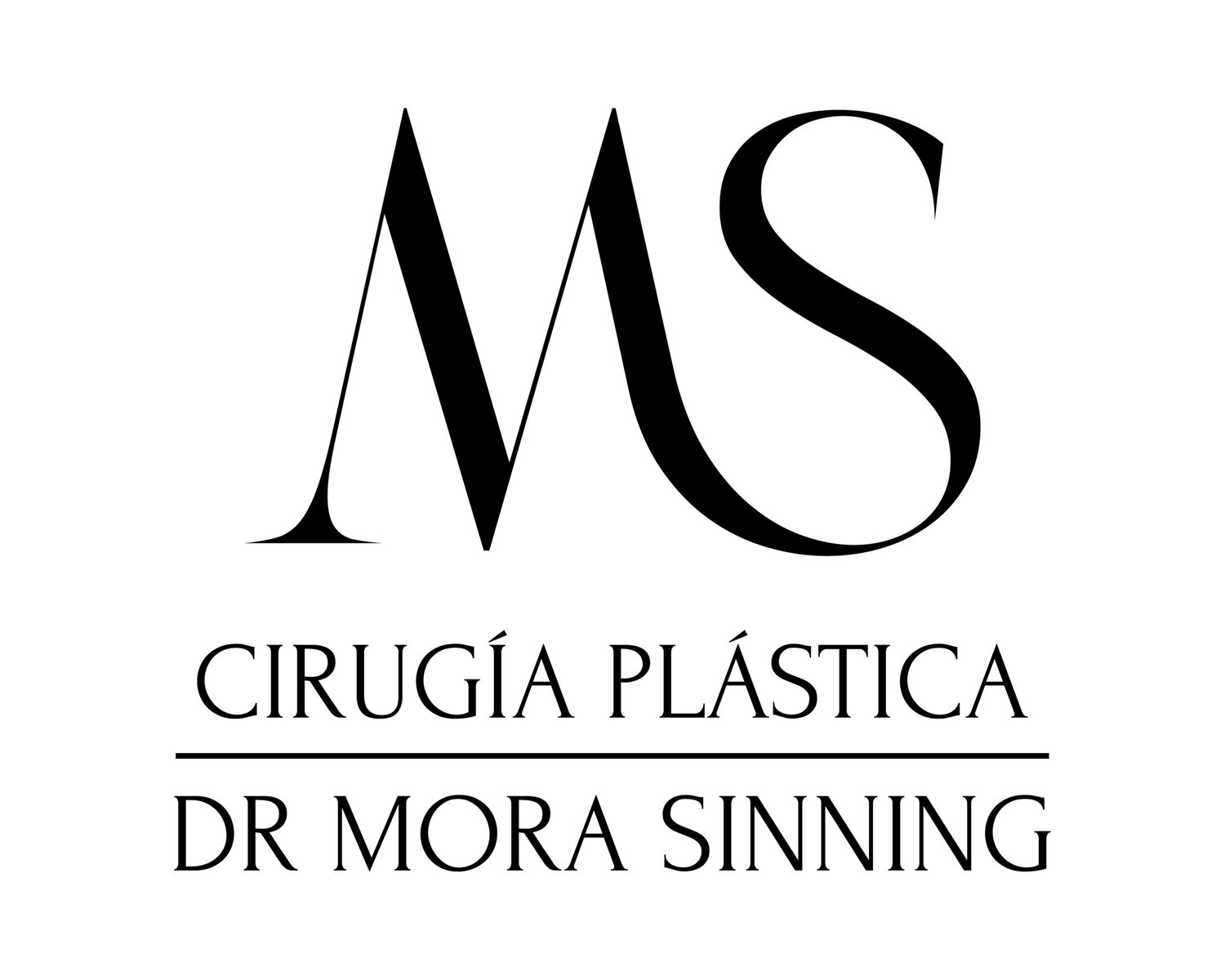Axillary Hyperhydrosis
.Sweating is a body functional process to control temperature. The human body contains strategically distributed around 5 millions of sweating glands of which 60% are located in the hands.
The normal sweating is controlled by the nervous system and produced by temperature changes, anxiety, stress, and temporary excitement. Axillar Hyperhydrosis may be permanent, temporal or episodic. Increase on sweating may be also intensified by the mentioned causes and also thyroids disorders. Most of the causes are unknown not corresponding to a disease.
DISEASE IMPACT
Despite of the common functionality of sweating, 1% out of the population suffers from increase of sweating production. The areas of higher exposure to the over-sweating are axillas, hands and feet.
Once the disease appears on the puberty, it is expected to remain in the patient’s body forever. The patient exposed to high drainage of body liquids through sweating may be psychologically affected altering his or her relationships with others. Increase in the level of stress would trigger more over-sweating making soak-up and sometimes stain patient’s clothes.
For many years the science has tried to control the disease and find solutions with no luck. The over-sweating usually returns back. Medication with hydrochloric aluminum has only been able to lower levels of sweating. Other medications that also reduce sweat production have been found with side effects producing dry mouth, blurry vision and sleepiness. The Iontophoresis and botulinic toxin have given good results controlling axillar over-sweating for the first 6 months after which the disease re-appears back.
The treatment has been conducted in 14-year-old patients and older from both genders. The treatment is not recommended to patients with over-sweating as a side of effect of other disease. In this case, a different treatment against to the actual disease responsible for the over-sweating must be performed.
CLINICAL PROCEDURE AND RECOVERY
It is an ambulatory surgery performed with localized anesthesia in only one (1) session. The patient takes antibiotics and pain reliever before and after surgery for 5 days. Throughout this process, swelling and bruising may occur for 4 days. Results are expected within 24 hours after surgery is performed. The probability of a success surgery is 70 to 90%. The 5% of the patient does not respond to treatment.
Length: 1 hour.
Anesthesia: Local.
Outpatient: Outpatient
Side Effects: Swelling and bruising.
Recovery: 1-2 weeks.
